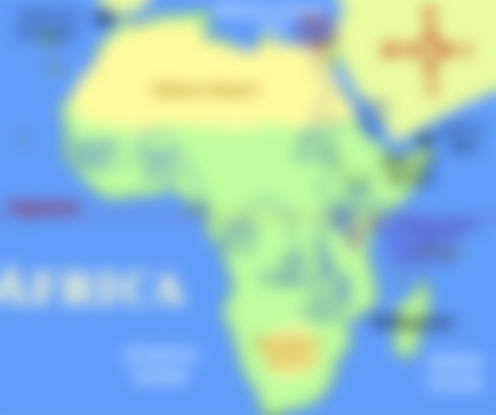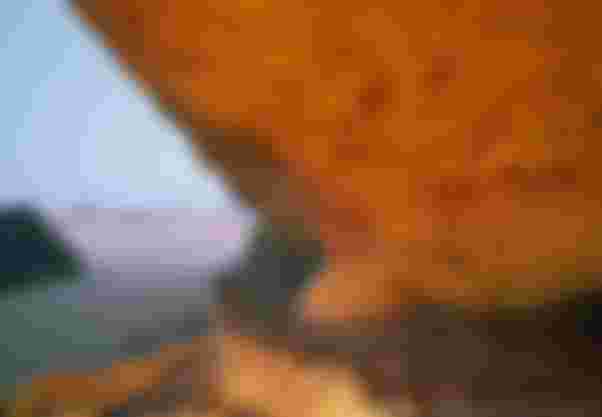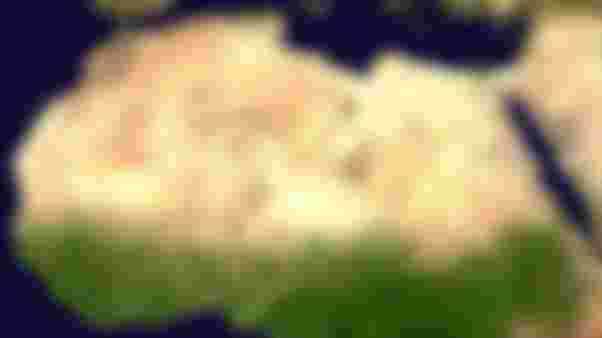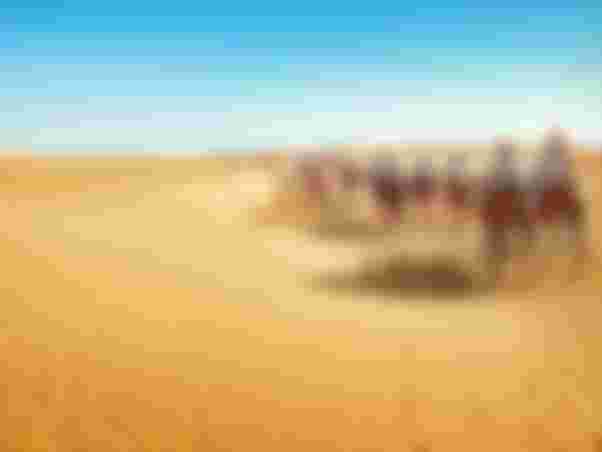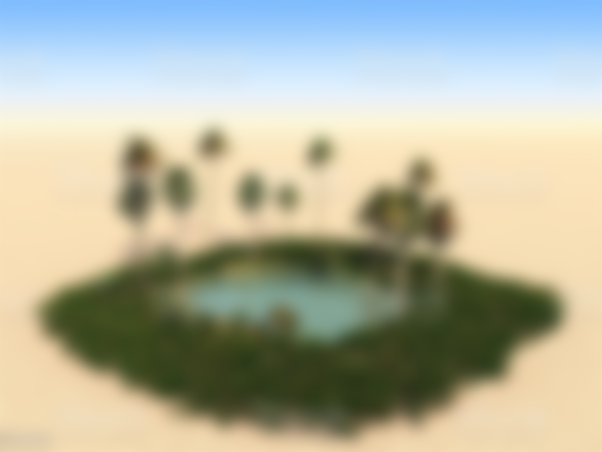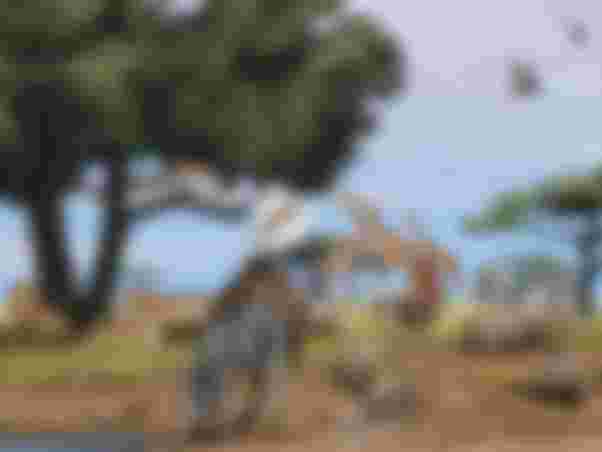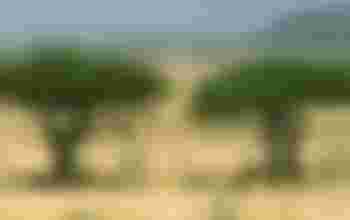An example of what happens when it rains in the desert can be found by thinking of the Sahara Desert.

Savannah grassland in the southern coastal region of the Sahara Sahara Desert in the north of the African continent
It may seem unbelievable, but 10,000 years ago today, the Sahara region began to receive a lot of rain due to climate change. Everywhere the vibrancy of life awakens from the water. In the same way, some trees stand up in the grasslands of the Sahara. In some places, settlements also developed and became vast pastures for various kinds of animals and livestock.
After nearly 5,000 years in the Sahara's lush desert, the extreme warmth of the rainless Sahara descends on animals and scattered settlements. They gradually moved south and found new addresses in different parts of Africa.

The rock paintings of the Sahara bear evidence of human presence even before desertification.
Desertification in the Sahara region was mainly due to the slight shift in the axis of rotation of the earth. As a result, from four to five thousand years ago, the Sahara region turned from a savannah grassland into a desert. Let's take a look at why this climate change is happening.
For the past few million years, the Sahara has turned into a desert once every 20,000 years. Then, more than 20,00 years later, Savannah became a meadow. As the earth revolves around the sun on its axis, it comes to a point where the monsoon winds of North Africa change direction and cause precipitation on the continent. Became Savannah. Environmentalists predict the area will turn into grassland in another 15,000 years, at 17,000.

Sahara Desert in satellite image
The Sahara Desert is the driest place on earth. In about half of the region, the average annual rainfall is below 2 cm. Even in some areas some years may pass without rain at all. In the rest of the region, the average rainfall is above 10 cm.
During the day the temperature fluctuates between 46 and 54 degrees Celsius on average, but at night the temperature sometimes drops below freezing to 6 degrees. Interestingly, in some places in the Sahara, especially on the mountain tops, snow can be seen in winter!
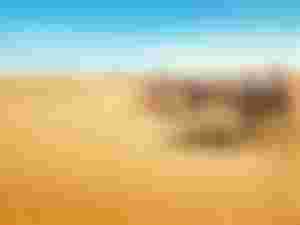
View of the Sahara Desert
I have read in the poems of Ravi Tagore, I would have been better off if the Arab Bedouin had disappeared on the vast desert horizon. All the deserts of the poet's imagination are deserts. But in the Sahara Desert, only 30% is sand and the remaining 70% is gravel. There is even a huge reservoir of groundwater. Groundwater has created countless oases in the Sahara with a combined area of about 80,000 square miles. The oasis area alone is about one and a half times more than the 56,000 square miles of Bangladesh.

An oasis in the Sahara Desert
Some rivers are also seen. However, the rivers are seasonal and isolated. There are at least 20 lakes in the whole Sahara. Of these, only Saad Lake is Sadupani Lake, the rest are saline.
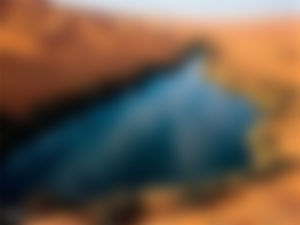
A lake in the Hara desert
Biodiversity in the Sahara is relatively low. Even then, a variety of animals can be seen. Everyone is tolerant and hard-working to survive in the harsh environment of the Sahara. A deer animal called adax can survive without drinking water for almost a year. There are also horned viper crocodiles and a variety of desert reptiles, foxes and deer. Even cheetahs are seen in the Sahara.

Adax deer in the Sahara Desert
The vast meadows that once separated from the Sahara Desert are now known as the Savannah Meadows. The southern region of the Sahara Desert is known as Sahil. The grassland south of Sudan is called Savannah. This grassland is surrounded by the Kalahari Desert. It is home to a wide variety of zebras, giraffes and flamingos, as well as other animals. If the earth survives for another 15,000 years, then all these animals and birds will be heard again. The world's growing population will settle here
Take a look at two imaginary images of what the Sahara region might look like 15,000 years later, in the form of the present-day Savannah meadows on the African continent.
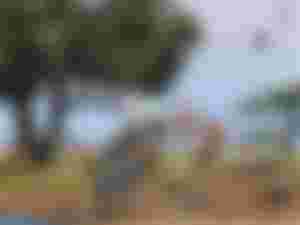
Savannah grassland animals of Africa
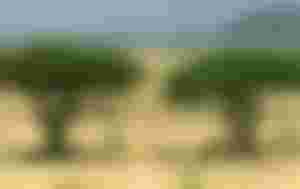
Tree planting in the Savannah meadow
Although this area is covered with grass, a few small and big trees can be seen. About 59 inches of rainfall falls in this region every year. This grassland is comparatively warmer than other grasslands. Many times terrible fires in this grassland. Among the wild animals, zebras, giraffes, elephants, deer, flamingos, etc. are more common in this grassland.
Thanks for reading this article for so long.
If you like it Upvote Can give.
